 Text copyright 2013 by Chronicle Books. Foreword copyright 2013 by Mark Faulkner. Illustrations copyright 2013 by Woop Studios. All rights reserved. No part of this book may be reproduced in any form without written permission from the publisher. ISBN 978-1-4521-2952-5 The Library of Congress has cataloged the print edition under
Text copyright 2013 by Chronicle Books. Foreword copyright 2013 by Mark Faulkner. Illustrations copyright 2013 by Woop Studios. All rights reserved. No part of this book may be reproduced in any form without written permission from the publisher. ISBN 978-1-4521-2952-5 The Library of Congress has cataloged the print edition under
ISBN: 978-1-4521-0823-0 Concept and design by Woop Studios.
Body text typeface: Miller Text. Chronicle Books LLC
680 Second Street
San Francisco, CA 94107 www.chroniclebooks.com 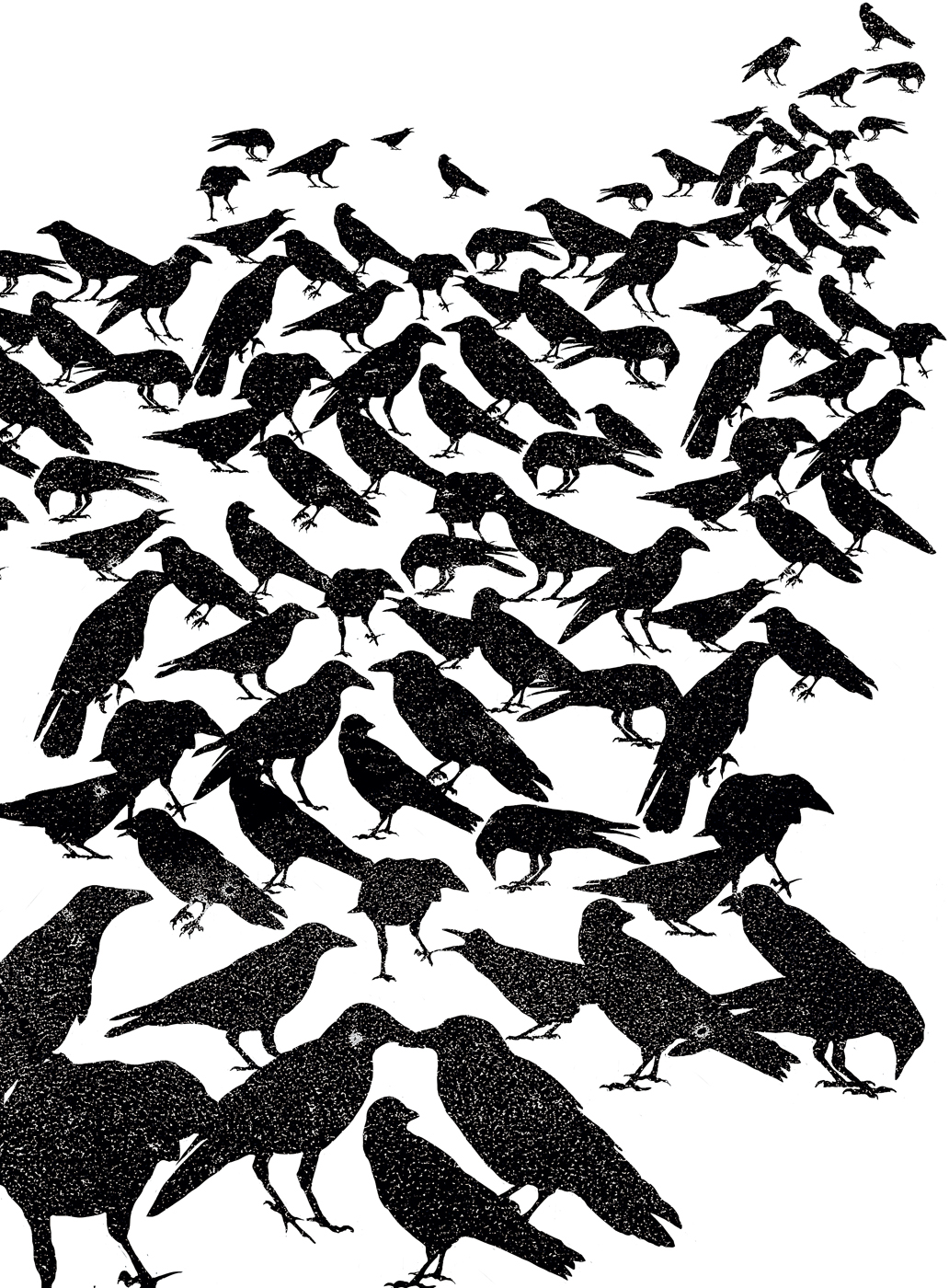 To our Persistence of Parents
To our Persistence of Parents
Delcia, Harry, Deborah, Ian, Jackie, Michael,
Rosana, and much missed Eduardo. With special thanks for getting us here. 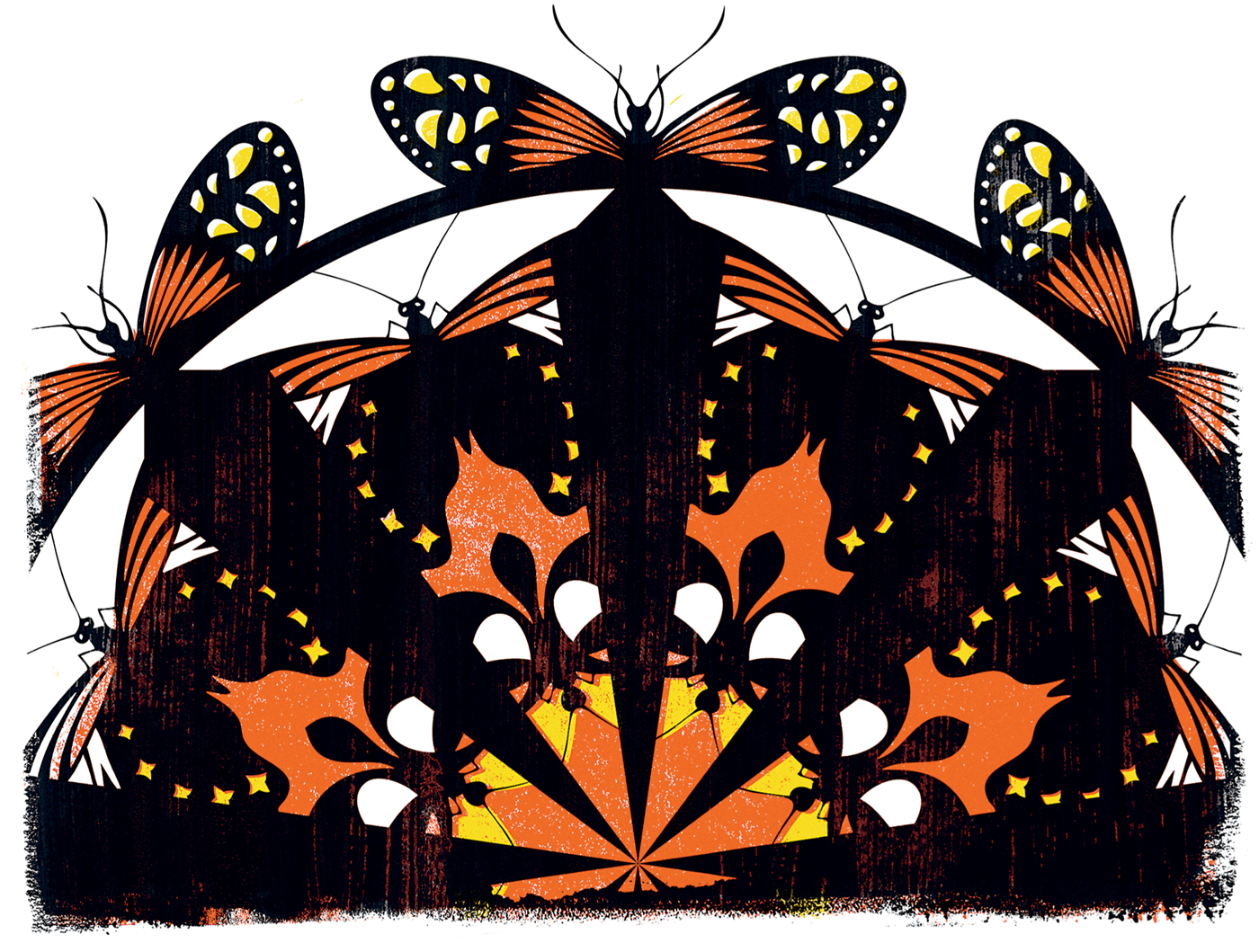
FOREWORD
W here does an idea come from? Thats a huge question. The answer depends upon what the idea is, the specific circumstance under which it arises, and the person or people involved. Where do words and language come from? This too is an enormous question.
Like ideas, words and language develop organically in response to circumstances and the needs of individuals. There are so many different types of languagenot just the language recorded in our dictionaries, but the language of the streets, the language of specialists, the languages of academics and scientists. Language is very much aliveconstantly being added to, developed, and changedand that is what makes it so fascinating. Why do images communicate to us so clearly and why, proverbially, are they worth so many words? On these questions I prefer to remain silent. I just observe that this is so and enjoy the fact that it is. The combination of words and images is even more powerful than either one used alone.
And that powerful combination is what drives this book. A Compendium of Collective Nouns is the serendipitous result of a group of friends coming together. The book you now hold in your hands is the fusion of our groups simple idea and our love of words and images. An old wooden kitchen table in our house in France was the unlikely setting for the start of a journey that would ultimately lead to the creation of this book. My partner, Harriet, and I, and our four boys have always been fascinated by special words and evocative imagery. Even now that the boys are older we still all say that we love each other like jellyfish, up to the rockets, like all the cars and trees and starsit makes sense just to us.
Sitting around the kitchen table one day, we decided to delve a little deeper into the provenance of collective nouns which we had all shared a fascination for. Who wouldnt enjoy an embarrassment of pandas, a pandemonium of parrots, an implausibility of gnus, or, my personal favorite, a smack of jellyfish? We became obsessed, seeking out every source of collective nouns we could find. We soon discovered that all over the world there were people as intrigued as we were, and that there were numerous and interesting books on the subject, too. From the original thirteenth-century Book of Saint Albans to James Liptons twentieth-century classic An Exaltation of Larks the volumes enchanted us with the history, creativity, and overwhelming merriment and whimsy of these distinctive terms. It all could have ended there, I suppose, but we wanted to do something more with collective nouns. At first we were unsure what that something might be, but then realized we had already started compiling quite an extensive list.
From there we came up with the idea of combining the words we liked most with beautiful and unique images. A simple idea maybe, but combining the words and images in an original format wasnt quite so straightforward. At this point serendipity stepped in when Harriet met up for a glass of wine with her old school friend Mira who, unbeknownst to us, was just finishing ten years working as a graphic designer on the Harry Potter films along with her business partner Eduardo. Coming out of a decade-long wizarding odyssey and having set up their own design studio, Mira and Eduardo were open to new adventures. We shared our idea and they loved it. In June of 2010 Woop Studios, our fledgling company producing limited edition art prints, was founded.
Mira, Eduardo, Harriet, and I were up and running, and in business by November. Almost from day one the idea has seemed to resonate with people. As we suspected, many share our fascination with collective nouns, and were excited to acquire Mira and Eduardos beautiful images depicting them. The gallery of images on our website continues to expand. The business evolved from the original one as an online gallery to now include a childrens book, A Zeal of Zebras , and an A to Z of Flash Cards (both also published by Chronicle Books), and a product line of homewares. Weve also created designs to support the ZSL London Zoos Sumatran tiger campaign, the London Wildlife Trust, and the Duchy of Cornwall Nursery in Lostwithiel (for which we made a special version of chattering of choughs wearing crowns).
The Woop idea continues to evolvethe journey remains as enjoyable as it is unpredictable. One of the best things about having an online presence is the ability to get instantaneous feedback from all over the world. We love it when people suggest new terms that we might include in our portfolio, especially when they propose words we havent come across yet. The question that we are most frequently asked is are the words real? Were proud to say that we collect collective terms rather than invent themwe actively seek out the idiosyncratic and enjoy the fact that some of them are highly unusual and incredible. Some of the terms we like best are of a newer, and on occasion more dubious, vintage than the original terms of venery. Language, and in particular English, is like that.
We make no apologies for being eclectic and hope that as you read this book you will have fun with the words and enjoy our graphic interpretation of some of them. From the outset we all wanted to create what we call our adult book. No, not that kind of adult bookrather, one where we could share with grown-up readers a comprehensive list of collective nouns combined with our images. Our dream is that this book will become the definitive volume of collective nouns for the twenty-first century. A Compendium of Collective Nouns is the realization of an idea and the brainchild of a group of friends who share a love of words and images. We hope that you will enjoy it.
Mark Faulkner 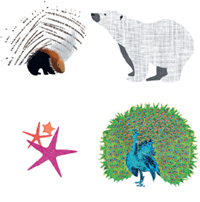
INTRODUCTION
W e open with a joke. Theres a bit from an old Steve Martin comedy routine about being stuck in France and not being able to understand the local lingo. Jeez, Martin grumbles, its like those French have a word for everything! The exactitude of the French language notwithstanding, this begs the happy question: Is there, in fact, in our own language of English, a word for everything? Does every little notion and idea and beast and floradoes every single thing, big, little, or incomprehensible, have a name? Everything is a big subject; but, thankfully, the human mind is a highly innovative tool, one with a strong desire to create, craft, and weave aesthetically pleasing notions into every aspect of life. This desire is readily evident in our language. As Walt Whitman remarks, There is such a latent charm in mere words, cunning collocutions, and in the voice ringing them. As a species, we want to name everythingand not just name them, but name them all prettily.
Next page

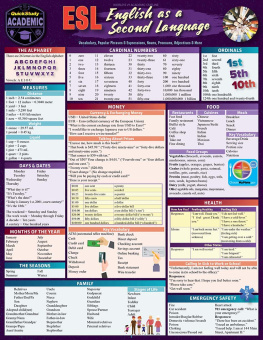
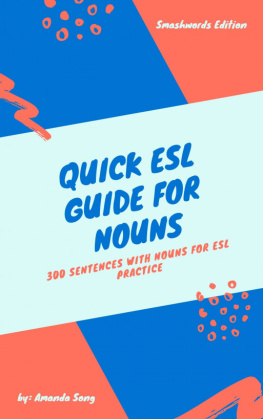
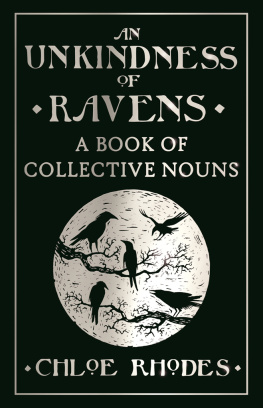
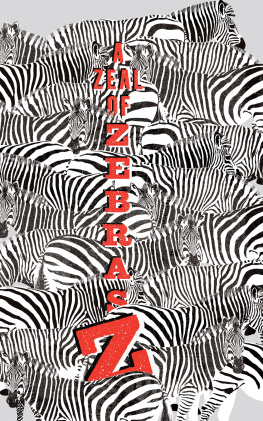
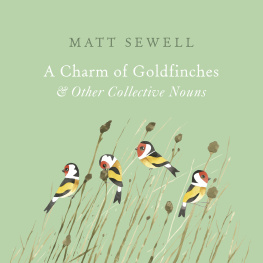
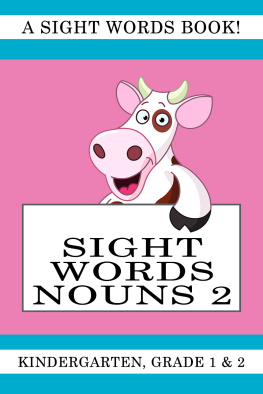
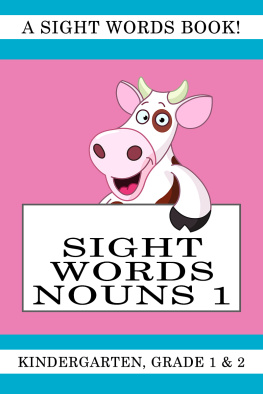
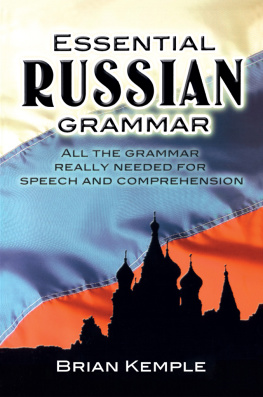
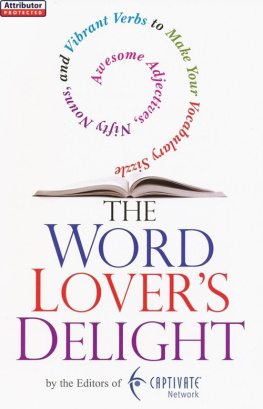
 Text copyright 2013 by Chronicle Books. Foreword copyright 2013 by Mark Faulkner. Illustrations copyright 2013 by Woop Studios. All rights reserved. No part of this book may be reproduced in any form without written permission from the publisher. ISBN 978-1-4521-2952-5 The Library of Congress has cataloged the print edition under
Text copyright 2013 by Chronicle Books. Foreword copyright 2013 by Mark Faulkner. Illustrations copyright 2013 by Woop Studios. All rights reserved. No part of this book may be reproduced in any form without written permission from the publisher. ISBN 978-1-4521-2952-5 The Library of Congress has cataloged the print edition under To our Persistence of Parents
To our Persistence of Parents
